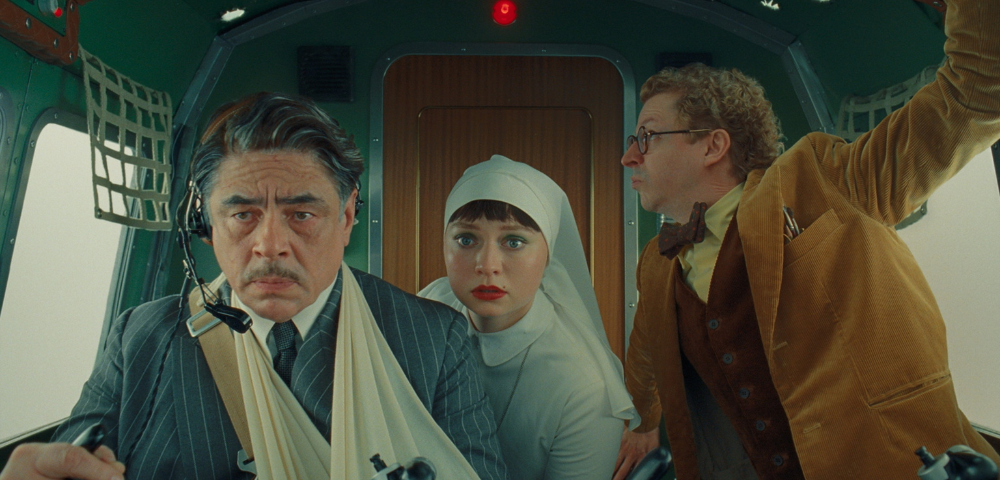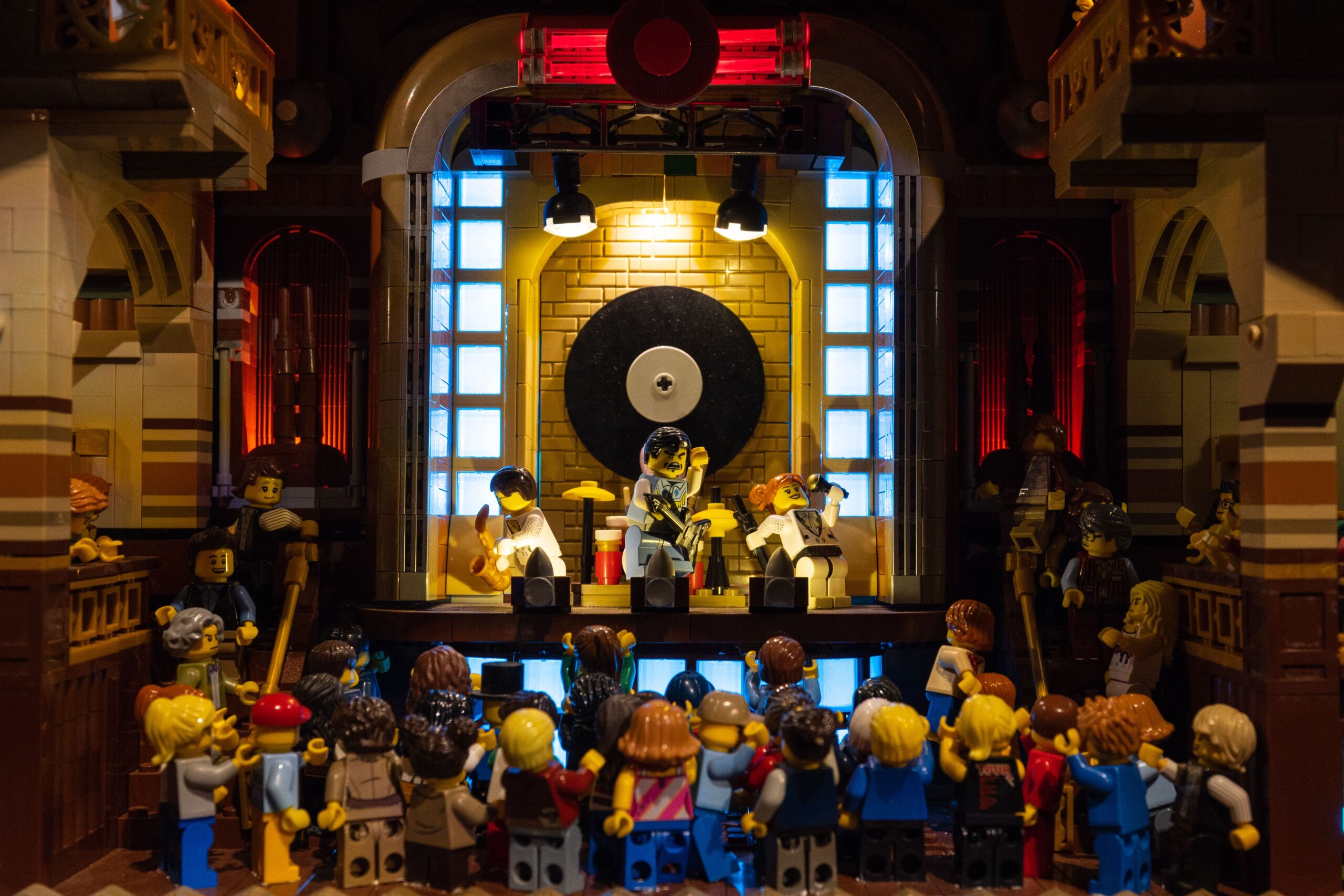
Thrilling horror scenes can’t quite carry Alien: Romulus

It brings me no joy to say that I was disappointed by Alien: Romulus, the first instalment in the long-running and highly regarded Alien franchise since 2017’s Covenant. It feels like a film that should appeal to long-time fans of the series on paper, but that’s the exact problem – though there are moments where Romulus carves out its own corner of the series, it’s ultimately far too nostalgic for its own good.
Rain Carradine (Cailee Spaeny) is at the mercy of the infamous Weyland-Yutani company, working a job with ever-rising quotas to get off-world with her synthetic brother Andy (David Jonsson). When friends from her past offer a chance to escape by ransacking the abandoned space station Romulus, Rain accepts. But of course, it’s not that simple – the perfect organism awaits the group onboard.
It’s all crafted to deliberately evoke Ridley Scott’s 1979 original, and on a technical level Alien: Romulus achieves this with flying colours. The film’s sets are gorgeously crafted and thrillingly tactile, creating that trademark sense of claustrophobia that Alien is known for. Facehuggers and Xenomorphs have rarely looked so good either, both as gross as you’d hope for.
The combination of these two factors gives way to some pretty gnarly sequences in Romulus: director Fede Álvarez is highly skilled when it comes to creating endearing moments of horror, and a number of the setpieces in the film embrace the wicked potential of a cinematic creature as vile as the Xenomorph, especially in the stomach-churning final 20 minutes.

Yet despite Álvarez’s skill at directing moments of horror, Alien: Romulus seriously falters in a number of key ways. The script is far-and-away the biggest disappointment here, which fails to create a particularly gripping cast of characters while putting far too much emphasis on the Alien franchise’s past.
Rain and Andy are the two most compelling characters in the film, thanks in no small part to Spaeny and Jonsson’s innate acting gifts, but the screenplay does neither them or the wider cast any favours.
Compared to Alien and Aliens, both of which have the incomparable Sigourney Weaver and incredible ensembles, the characters in Romulus feel rather threadbare and surprisingly inconsequential to the narrative. Though practically every Alien film has characters at the mercy of Weyland-Yutani, even minor characters usually take serious action; a staple sorely missing in Romulus.
Furthermore, the connections that the film makes to the wider Alien franchise are dubious at best. The presence of the Xenomorph on the Romulus is directly tied to the events of the first film, which I earnestly thought would be the film’s only major franchise connection. However, there’s a lot of fan service in this film, with one particularly prevalent and morally dubious instance being a constant source of eye-rolling throughout the entire film.

It all means that while Romulus may often delight as a horror film, it struggles to form its own meaningful sense of identity due to a lack of narrative edge. Without a particularly strong lead (despite Spaeny’s best efforts) or a narrative that feels impactful, Alien: Romulus leaves little to latch onto outside of its key moments of horror.
Granted, if you’re heading into the film looking for an Alien film that creatively uses the Xenomorphs, there’s still enjoyment to be had in the many delightfully disgusting setpieces. But if you’re looking for something to really sink your teeth into, Alien: Romulus is likely to disappoint you, as it did I.
★★½
In cinemas now










